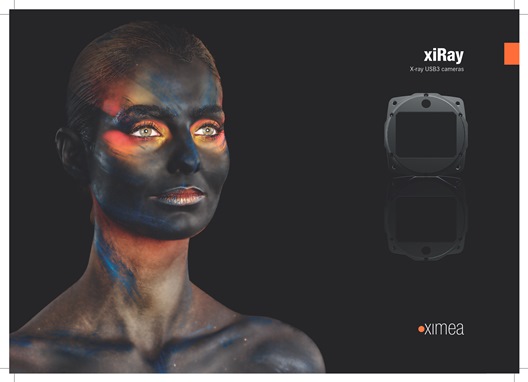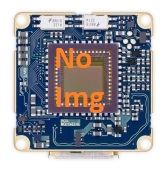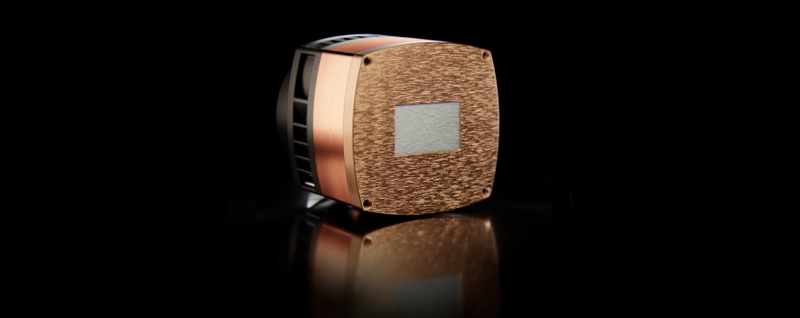
- Home
- News
- Press release
- Product news
- New X-ray cameras based on sCMOS replacing KAI family of CCD sensors
Muenster, Germany, May 2021 – Last year marked another step in the slow discontinuation of CCD sensors. The biggest impact had the announcement of End of Life status for large format KAI sensors from ON Semiconductor (originally from Kodak and later Truesense) like the 11 Mpix KAI-11002, 16 Mpix KAI-16000 or KAI-16070 and 29 Mpix KAI-29052. XIMEA was utilizing these sensors among others in the family of compact X-ray cameras called xiRAY.
To offer equivalent or even better substitutes, the XIMEA team started working on several replacement models.
These models include cameras with direct phosphor imaging or simply X-ray cameras where the scintillator is coupled with the sensor and in certain cases Taper.
Important was to choose large enough sensors with improved image quality parameters and empower them with high speed deployed in a miniature form factor.
To meet these criteria XIMEA integrated the newest technologies and components enhancing the specifications important for NDT - non destructive testing.
This process started with the arrival of the most interesting Scientific CMOS (sCMOS) sensors from Gpixel company, assembled mainly under their GSENSE family.
The XIMEA engineers chose to start with the models based on GSENSE5130, GSENSE6060 and GMAX4651, some combined with FOP - fiber optics plates.
One of the benefits that sCMOS and CMOS sensors offer compared to the CCDs is the speed which is harnessed fully through the use of USB3, PCIe or Thunderbolt.
High resolution and large Field of view of these sensors provide high contrast, crystal clear 16 bits images combined from High and Low Gain readout.
The image output can also be adjusted by applying various modes (STD, CMS, HDR) to get the most optimal values in Full well capacity, Dynamic range, noise or SNR.
Together with Peltier cooling for long exposures this results in a superior alternative to the older models and advances X-ray solutions to the next level.
In regards to X-ray, a relevant aspect is the protection of the sensor and components from the radiation source while still letting through enough photons.
For this purpose, the xiRAY cameras are safeguarded by the Berylium entrance window and the front part made from a combination of Wolfram and Copper.
In case the model includes an FOP for magnification of the sensor image area, it is the Rad-hard (radiation hardened) type to reduce the browning effect.
Always focusing on flexibility, XIMEA is ready to customize certain parts of the camera based on the project demands - for example, scintillator or Taper and its size.
To summarize, the models planned for introduction into XIMEA portfolio of X-ray cameras are developed with the following parameters:
- 15 Mpix, Gpixel GSENSE5130, X-ray camera, FOV 21.5 x 12.6 mm, GadOx:Eu 10 μm thick, 17 Fps with USB3
- 15 Mpix, Gpixel GSENSE5130, X-ray camera, FOV 43 x 25.2 mm, with Taper and GadOx:Eu 10 μm thick, 17 Fps with USB3
- 37.7 Mpix, Gpixel GSENSE6060, X-ray camera, FOV 61.4 x 61.4 mm, GadOx:Eu, 46 Fps with PCIe and Air or Water cooling
- 51 Mpix, Gpixel GMAX4651, X-ray camera, FOV 38.75 x 27.75 mm, GadOx:Eu 22 μm thick, 30 Fps with PCIe
- 51 Mpix, Gpixel GMAX4651, X-ray camera, FOV 70.5 x 50.4 mm, with Taper GadOx:Eu 35 μm thick, 30 Fps with PCIe
High speed and resolution, large sensors and pixels, low light sensitivity and 16 bit image quality, plus overall small size make these cameras ideal for Micro CT.
With a plethora of variations, it is important to understand the exact requirements of the specific customer and setup of the application.
The X-ray source and its energy levels, size of the object, scintillator material and thickness, potential Magnification needs and other helpful details.
Inspired? What’s Next?
Related articles
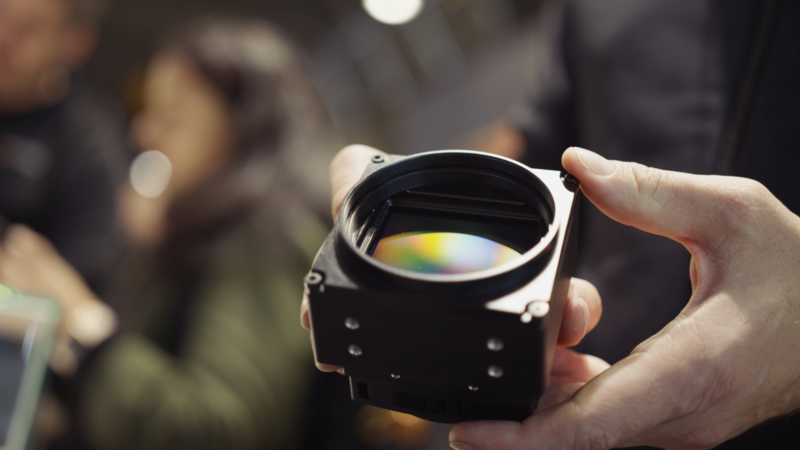
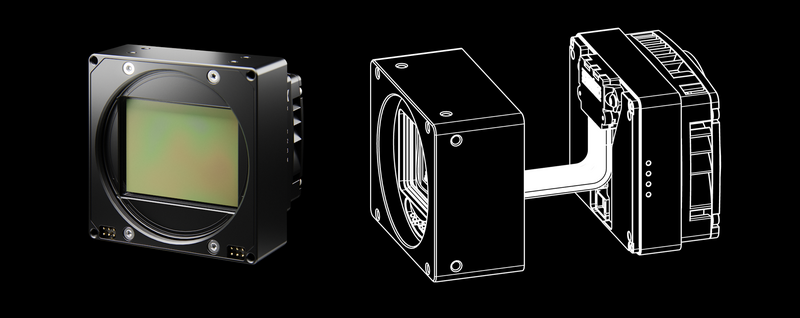
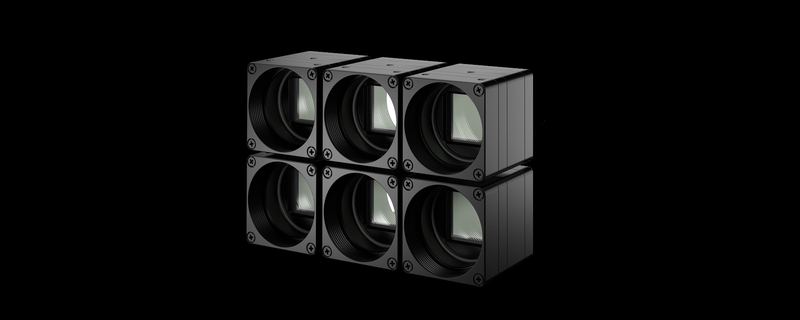
Latest articles
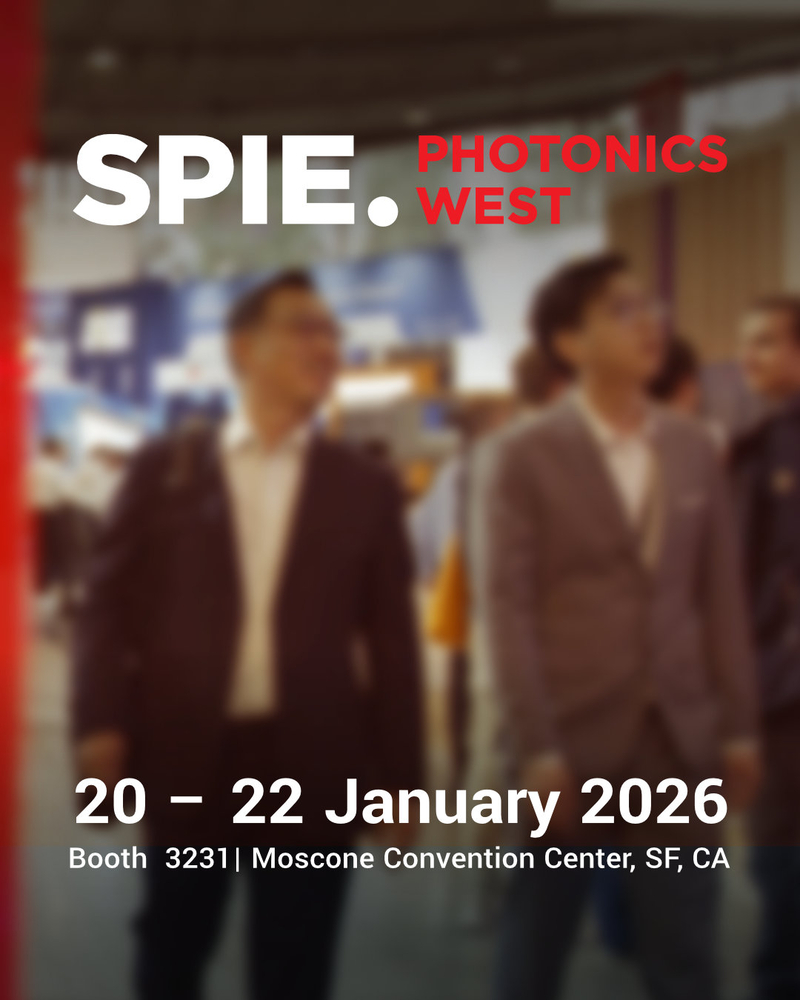
Accelerate edge intelligence with XIMEA’s ultra-low latency PCIe cameras. Stop by for live demos and tech deep-dives with our team at Booth #3231
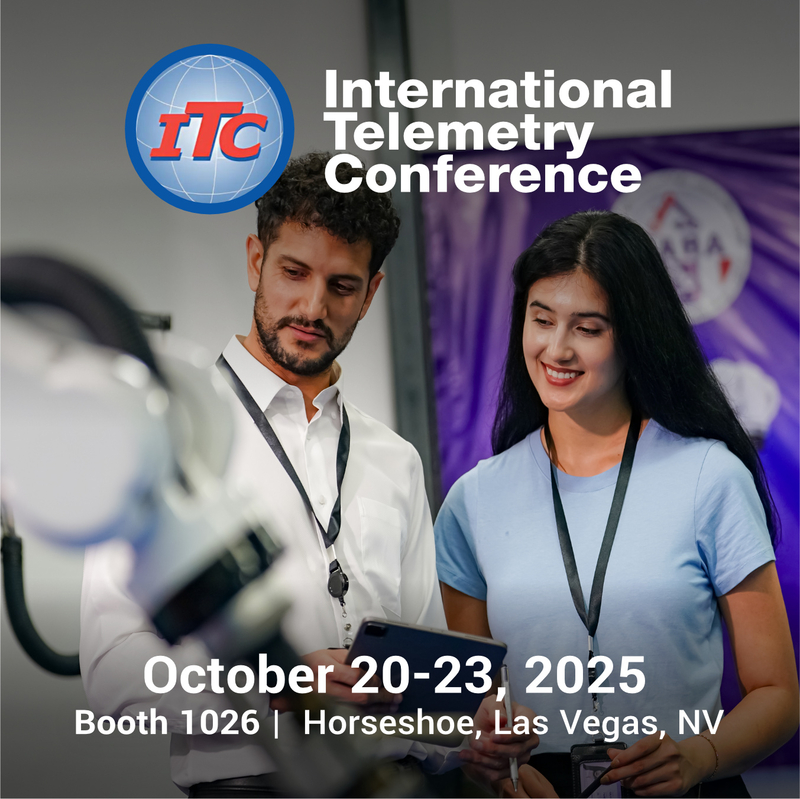
Visit us at booth #1026
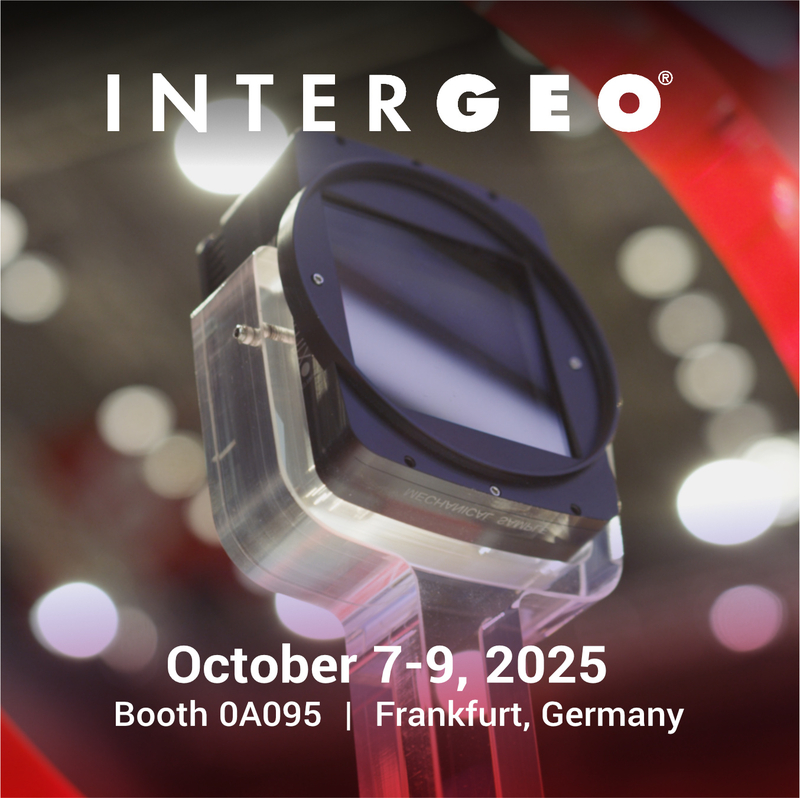
Visit XIMEA at booth #0A095 to get hands-on with cutting-edge camera tech built for flexible payloads, mapping, and more.

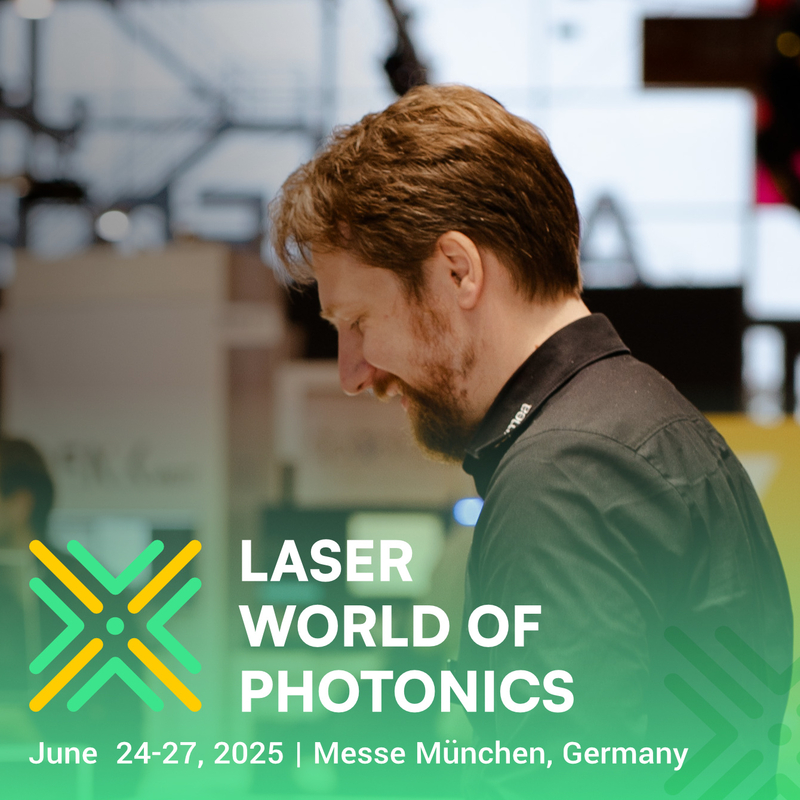

Join us at booth #3138!

